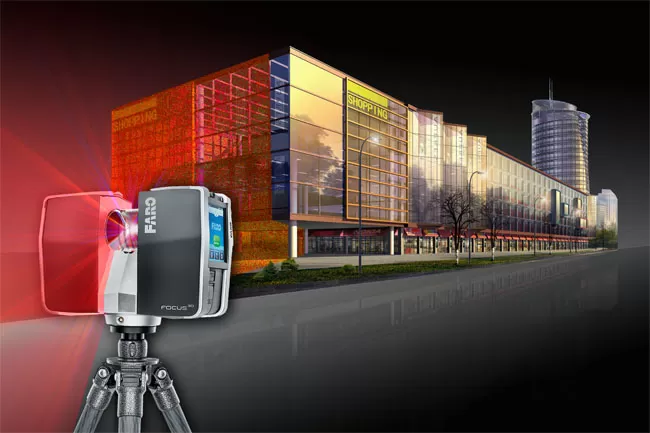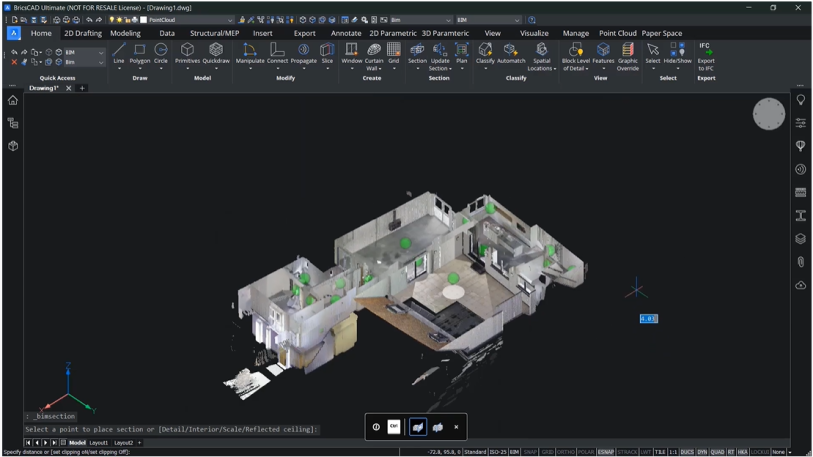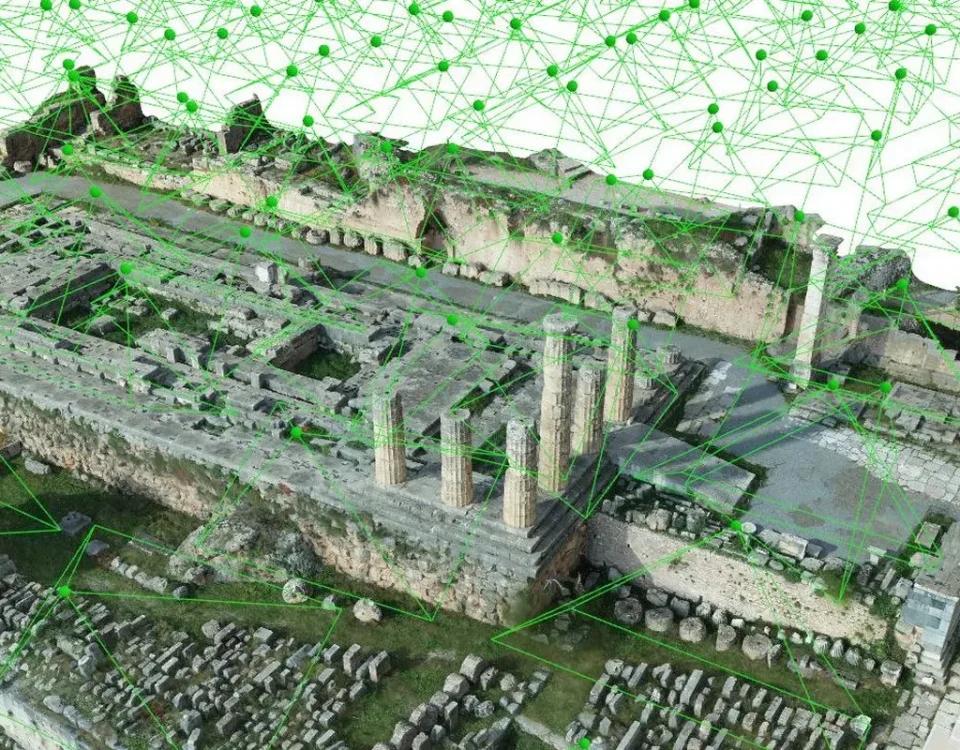In recent years, Building Information Modeling (BIM) scans have revolutionized the construction and architectural industries. These scans enable detailed and accurate representations of building structures, paving the way for improved project management, cost reduction, and enhanced collaboration. However, the adoption of BIM scans has brought to the forefront a series of legal and ethical considerations. In this blog, we will explore the complexities surrounding data ownership, privacy, and intellectual property as they pertain to BIM scans.
Data Ownership
Data ownership is a crucial issue in the realm of BIM scans. The data collected during these scans can be vast, encompassing architectural, structural, and environmental information. But who actually owns this data?
- Creator Ownership: The default principle of data ownership typically vests with the creator of the BIM scan. If a surveying or scanning company performs the scan, they may have initial ownership rights to the data.
- Client Ownership: In many cases, ownership can be transferred to the client or project owner. This can be outlined in a contractual agreement between the client and the scanning company.
- Collaborative Ownership: In some instances, ownership may be shared between the scanning company and the client, particularly when the project involves collaborative efforts between multiple parties.
In addition, clearly defining data ownership in contractual agreements is essential. These agreements should address data usage, sharing, and retention, to avoid any potential conflicts down the road.
Privacy Concerns
Privacy is another legal and ethical consideration when it comes to BIM scans. As these scans collect data on the interior and exterior of buildings, there’s a risk of capturing sensitive information, like personal belongings or confidential documents.
- Consent: Before conducting BIM scans in areas where privacy may be a concern, it’s crucial to obtain consent from building occupants or owners. Clearly explaining the purpose of the scan and the data collected can help alleviate privacy concerns.
- Data Anonymization: When processing the scan data, it’s possible to anonymize or blur sensitive information, ensuring that privacy is maintained. This should be a standard practice in BIM scanning procedures.
- Data Security: Storing and sharing BIM scan data should be done securely to prevent unauthorized access. Data breaches can lead to significant legal and ethical issues.
Intellectual Property
BIM scans often involve the creation of detailed 3D models and point cloud data. These digital assets can have significant intellectual property value.
- Licensing: The ownership and licensing of these digital assets should be clearly defined in contracts. Licensing terms might specify how, when, and where the data can be used or modified.
- Derivative Works: Consideration should be given to derivative works created from BIM scan data. Who owns the rights to these new creations, and what rights do they have?
- Attribution: In some cases, BIM scan data may be used in design, architecture, or engineering projects. Proper attribution to the original data source is both a legal requirement and an ethical practice.
Conclusion
As the adoption of BIM scans continues to rise in the construction and architectural industries, it’s imperative to address the legal and ethical considerations associated with data ownership, privacy, and intellectual property. So, to ensure smooth project execution and maintain the trust of all stakeholders, clear contractual agreements and ethical practices must be put in place. By doing so, the construction industry can harness the full potential of BIM scans while respecting the rights and privacy of all involved parties.





